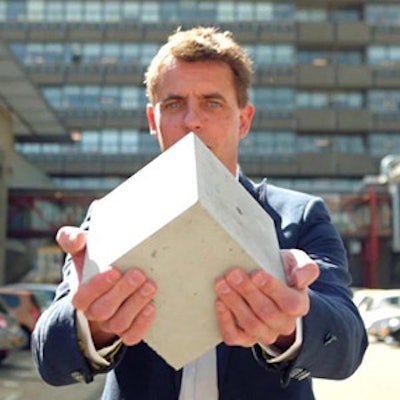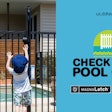
Concrete is one of the most popular building materials in history. It forms our cities and roads, and a good percentage of our swimming pools and decks. But concrete has always had a major flaw — the tendency to crack.
An inventor in The Netherlands believes he has the solution — dormant bacteria that come to life when water trickles through a new crack, and work to seal the breach.
Microbiologist Henk Jonkers, of Delft University of Technology, in the Netherlands started with the idea that certain kinds of bacteria could produce a good concrete sealant material — limestone — in the proper amounts to repair a crack.
The problem was how to put them in position, keep them alive until they were needed, and give them the food and raw materials to grow and perform their repair work.
His ingenious answer was to find a bacillus that can survive for decades in a dormant state. This dry bacillus is placed in biodegradable capsules along with calcium lactate, which serves both as food and building material. The tiny capsules are stirred into the wet concrete in the normal construction phase.
Months pass. Years pass.
One day, a crack begins to form. It slowly widens, opening a fissure in the concrete. Water enters and dissolves the capsules, germinating the bacteria. The bacteria then multiply and feed on the calcium lactate, producing calcite, or limestone, which fills up the gap and heals the rift.
Jonkers told CNN he hopes his concrete could be the start of a new age of biological buildings. "It is combining nature with construction materials," he says. "Nature is supplying us a lot of functionality for free -- in this case, limestone-producing bacteria.





























![IPSSA’s incoming President Michael Denham [left], Rose Smoot, IPSSA Executive Director [center] and the outgoing President, Todd Starner [right].](https://img.aquamagazine.com/files/base/abmedia/all/image/2024/04/New_IncomingPres_MikeDenham_RoseSmoot_outgoing_president_ToddStarner_IMG_3920_copy.662682e0cbd3a.png?auto=format%2Ccompress&fit=crop&h=112&q=70&rect=0%2C345%2C3024%2C1701&w=112)






